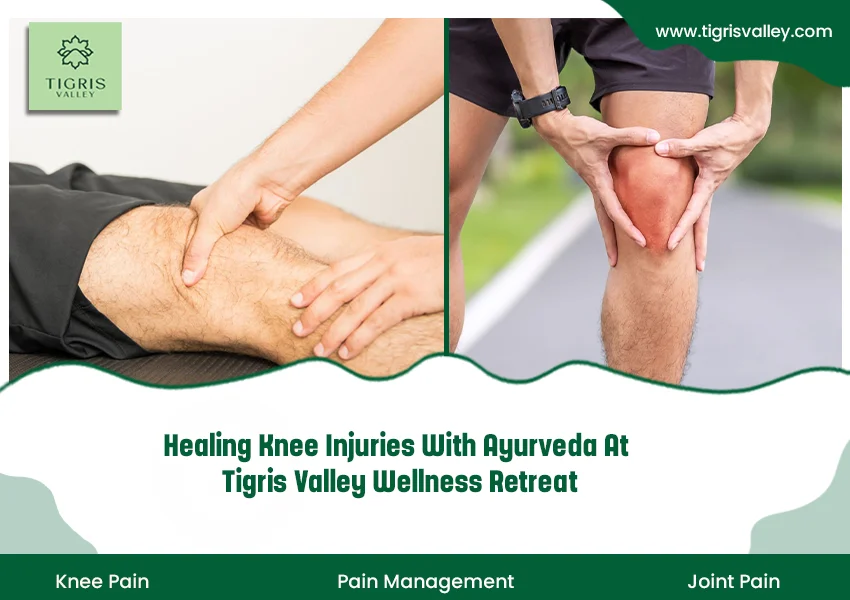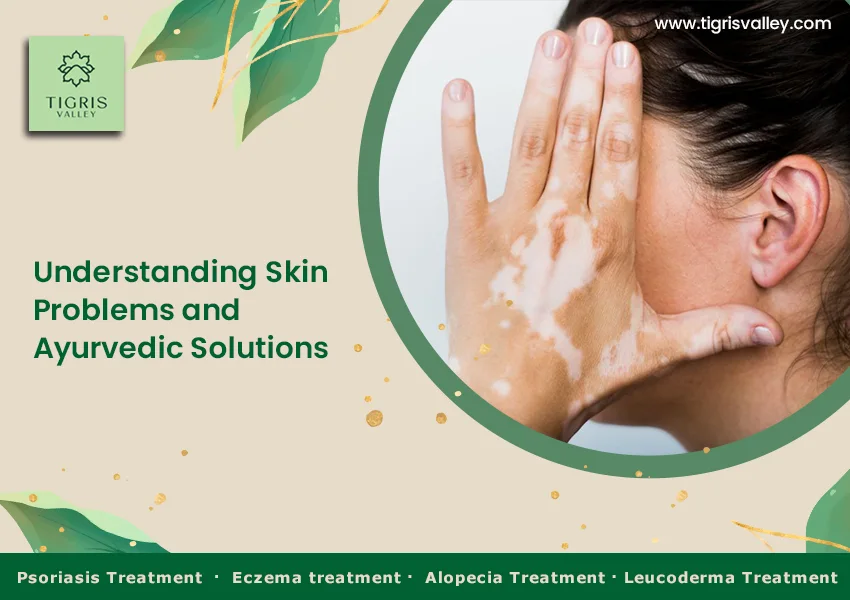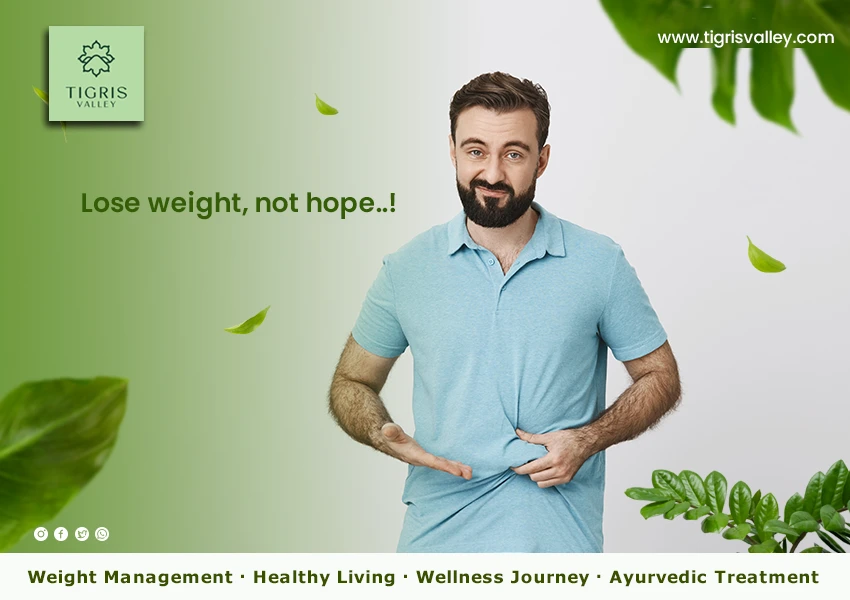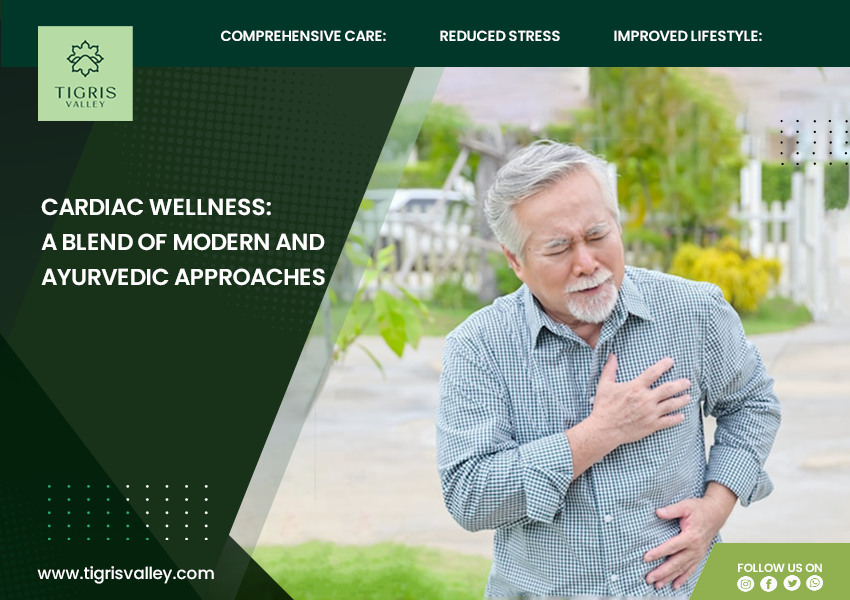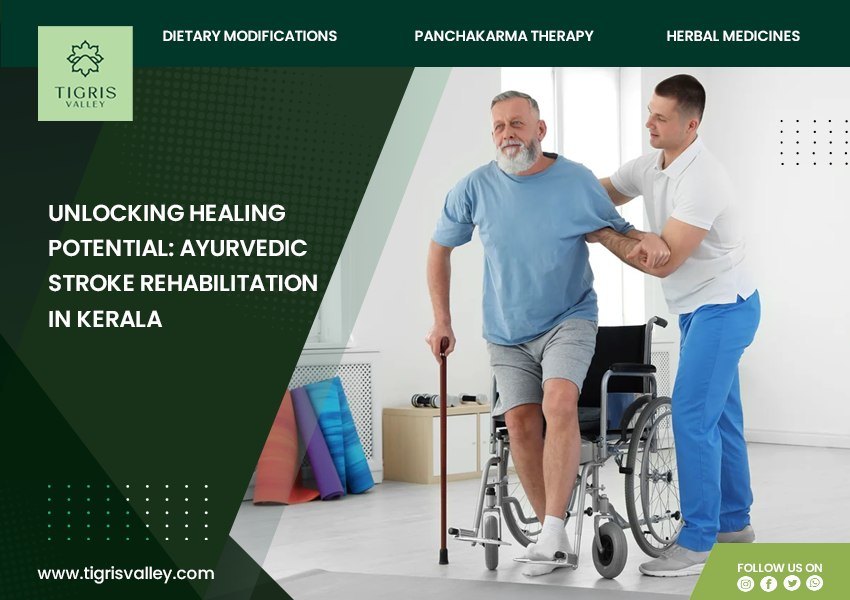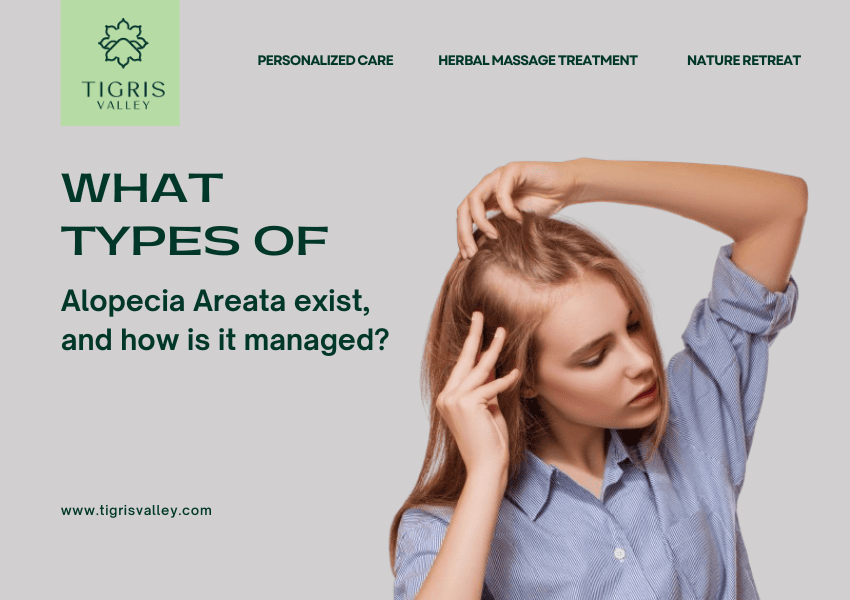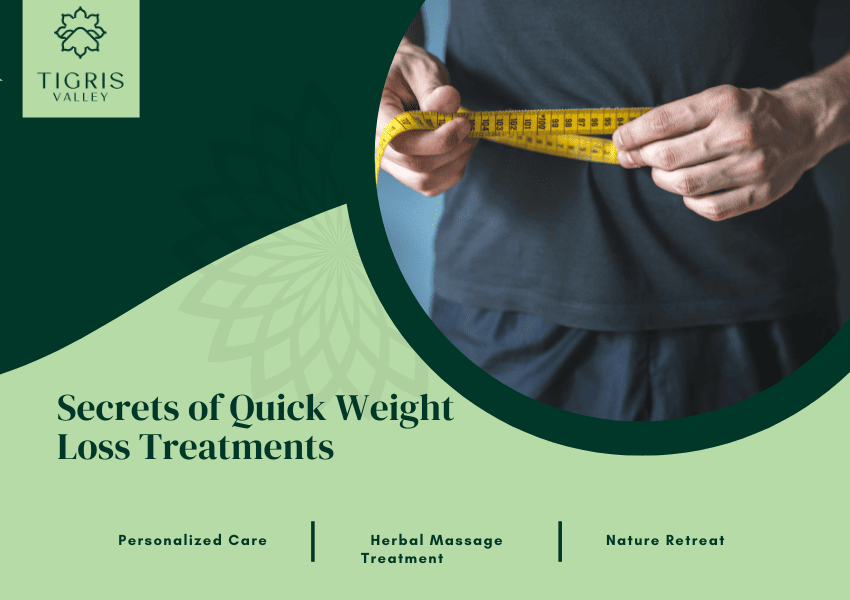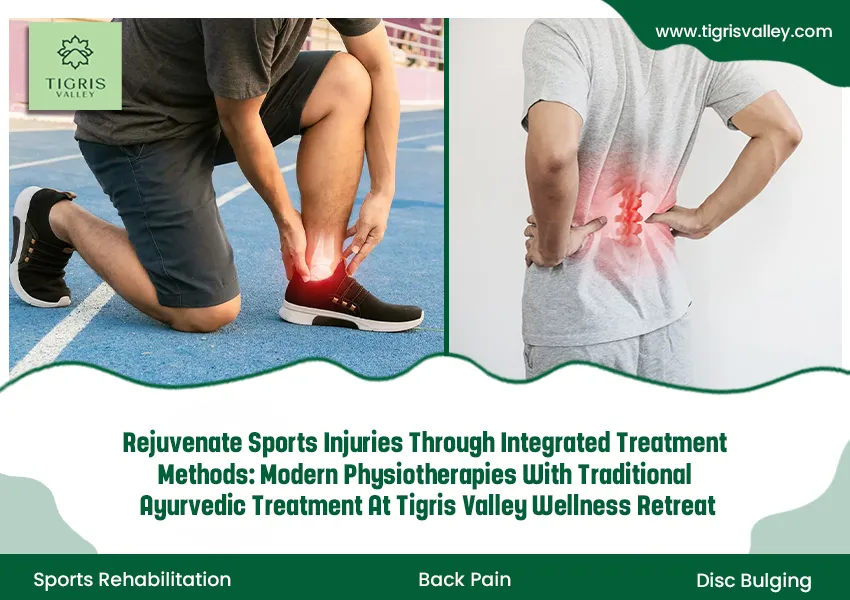
Rejuvenate Sports Injuries through Integrated Treatment: Modern Physiotherapies with Ayurvedic Treatment at Tigris Valley
Rejuvenate Sports Injuries through Integrated Treatment Methods: Modern Physiotherapies with Traditional Ayurvedic Treatment at Tigris Valley Wellness Retreat Physical activity and sports are essential for maintaining health and fitness. They…

